If you have access to arable land, you could be tempted to set up a fruit orchard. You can then sell your harvested crops, or use them to produce jam, juice or cider. Read our step-by-step guide to setting up a fruit orchard as a business.
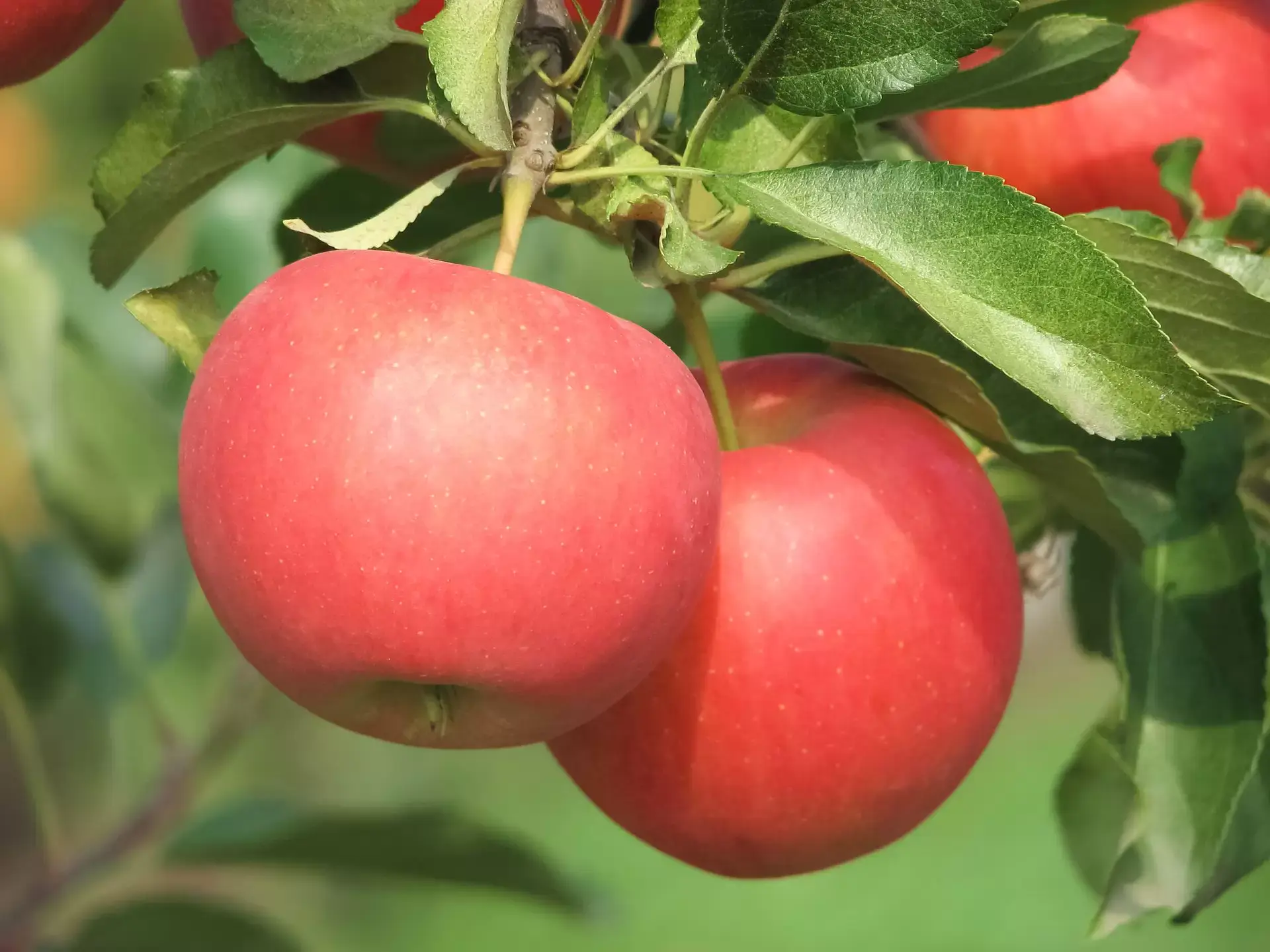
If you have access to arable land, you could be tempted to set up a fruit orchard. You can then sell your harvested crops, or use them to produce jam, juice or cider. Read our step-by-step guide to setting up a fruit orchard as a business.
- What is an orchard?
- How big should the orchard be?
- What should you pay attention to when building an orchard?
- Choosing the right piece of land
- Fruit orchard soil
- Types of fruit trees
- What should you pay attention to when buying trees for your orchard?
- Necessary tools at a fruit orchard
- How to set up a fruit orchard – summary
What is an orchard?
An orchard is an area with trees or bushes that produce edible fruit. Orchards can be run by individual growers and cooperatives, and such plantations may focus on growing fruit or operate together with a food production plant. As a rule, such businesses also have cold stores. These are facilities with strictly regulated parameters (temperature, humidity), similar to those that allow long-term storage of eggs on poultry farms.
Today, despite most orchards going for a more commercial approach, there are still some traditional family-run orchards. They grow fruit in addition to other farming activities, and most of it is usually intended for their own use. Only the surplus is sold, for example at farmer markets.
Organic plantations are a specific type of orchard. Such organic farms often also use the fruit to make their own products, such as certified organic jam, juice, cider or fruit wines. Due to the growing consumer interest in such products, as well as their unique taste, this can be a profitable business model.
How big should the orchard be?
Before you set up a fruit orchard, you should consider whether it is to be your main source of income, an additional activity, or maybe only for your own use? Therefore, at the planning stage, the crop yield (in tonnes per hectare) should be taken into account. This will be different for specific types, and even varieties
Agricultural practices are also of great importance, i.e. the frequency of fertilisation and other types of care treatments. However, the following are a rough estimate in our climate for popular fruit trees:
- cherries: about 5-14 tonnes per hectare
- apples: 40-50 tonnes per hectare
- plums: 15-20 tonnes per hectare
- pears: 20-30 tonnes per hectare
Therefore, when choosing a specific plot of land for cultivation, you should do so in terms of the potential crop yield you are interested in.
What should you pay attention to when building an orchard?
When planning a fruit orchard, estimate the profitability of this type of business. Are there any companies nearby that would be interested in buying your crops? If not, then bear in mind transport costs, investments related to the potential need to build storage facilities (a cold store) and maybe even investing in your own processing plant.
If you live near an urban area, you could sell directly, e.g. at local markets. However, if you live far from large cities, this aspect could prove more problematic. When you have already set up the orchard, this opens the door to other possibilities, such as honey production or growing vegetables.
And keep in mind that it will take a good few years before you start earning money. During that time, various agricultural subsidies will be very helpful, especially in the case of chosen varieties. Special funding schemes are available, for example for organic farmers.
Another issue is access to the labour market, as fruit usually cannot be gathered with combine harvesters. Unpredictable situations should also be taken into account. In good years from a yield perspective, prices will be significantly lower. On the other hand, in bad years (e.g. severe frosts in spring) you will hardly harvest any fruit.
Choosing the right piece of land
Setting up a poultry farm or growing mushrooms does not have special needs to this regard. However, the situation is very different in the case of an orchard.
Most types of fruit trees require sunny but secluded land. This is very important especially for apple, peach and apricot trees. They grow best on gentle, south-facing slopes, and you should avoid planting trees in valleys because of frost heaves, which will lead to lower yields. For this reason, mountain and foothill regions will also not be suitable for most trees, due to the colder climate and deep temperature drops, even at the end of May or the beginning of June.
Another important aspect the bear in mind is the groundwater level – it should be at no less than 70-100cm underground. Older varieties of trees can tolerate levels of up to 50cm.
Fruit orchard soil
Orchards grow best on fertile land. Loamy and loamy-sandy soil is best, moderately compact. The pH value should be approx. 5.5-6.5.
Before planting any trees, you should prepare the ground. You will need to plough the land, and in the case of soil compaction, subsoiling about 70-80 cm will be necessary. A layer of compacted earth often forms in heavy and medium/poorly drained soil, which impedes the drainage of water and the absorption of minerals.
The soil should then be limed and fertilised with phosphorus-potassium fertilisers. Manure, slurry or even mushroom substrate can be used to improve the fertility of the soil.
Standard fruit trees should be planted every 4m, while semi-dwarf trees every 2-3m. Dwarf varieties and bushes are placed in rows as close as 1m apart.
Types of fruit trees
The key issue is choosing varieties suitable for our needs. Modern varieties, although they do produce attractive-looking and very tasty fruit, are generally much more sensitive to frost, pests and diseases than traditional varieties. Below is a list of universal varieties of fruit trees for different types of orchards:
- apple trees: Cox, James Grieve, Golden Delicious, Bramley
- pear trees: Williams, Packham’s Triumph, Beurre Hardy
- plum trees: Purple Pershore, Victoria, Opal, Blue Tit
- cherries: Merchant, Summer Sun, Penny
When choosing trees for your orchard, bear in mind that particular varieties will differ not only in the appearance of the fruit, but also as to when they ripen. If you plan to set up an organic farm, you could also consider traditional varieties.
What should you pay attention to when buying trees for your orchard?
It is best to buy trees from certified nurseries and garden centres. Usually, one-year-old “maidens” or two-year-old trees with sideshoots are chosen. The seedlings can have an open root system or roots in a special, biodegradable mesh buried in the ground.
Pay attention to any damage or anything unusual about the trees. Dark discoloration may be a sign of frostbite or disease. Infected seedlings will not only die quickly, but will also spread disease to the rest of your plants.
Under no circumstances should the seedlings be dried out and show signs of damage from pests. So be careful with “special offers” and carefully inspect any discounted item.
Necessary tools at a fruit orchard
To run a fruit orchard, you will need basic farming equipment. First of all, you will need a plough, a cultivator or a tiller to prepare the soil for planting trees. A tractor would also come in handy for spraying fertilisers or attaching a trolley for transporting the harvested fruit. Other useful tools will be:
- spades,
- rakes,
- wood saws,
- secateurs,
- shears,
- lawn mowers,
- ladders,
- fruit crates.
A fruit harvester will also be very helpful. This type of equipment is used especially in plantations focused on harvesting ingredients for quick processing in the food or pharmaceutical industry.
How to set up a fruit orchard – summary
Setting up an orchard can be a good business idea. However, you will need to carefully consider the business profile in advance, select the appropriate types of trees, and prepare the land for cultivation. If you are not an experienced farmer, it would be better to start off with a smaller area. And bear in mind that even trees planted in your garden will supply you with a lot of apples or pears for direct consumption or as ingredients for various preserves. The surplus could then be sold, for example, at a farmers market or to restaurants using fruit or vegetable decorations.
However, running an orchard is not a simple task and requires a lot of work. The trees require regular pruning, fertilisation and protection against pests and diseases. Some sensitive varieties also need to be protected from frost.
Learn how to plant herbs next.

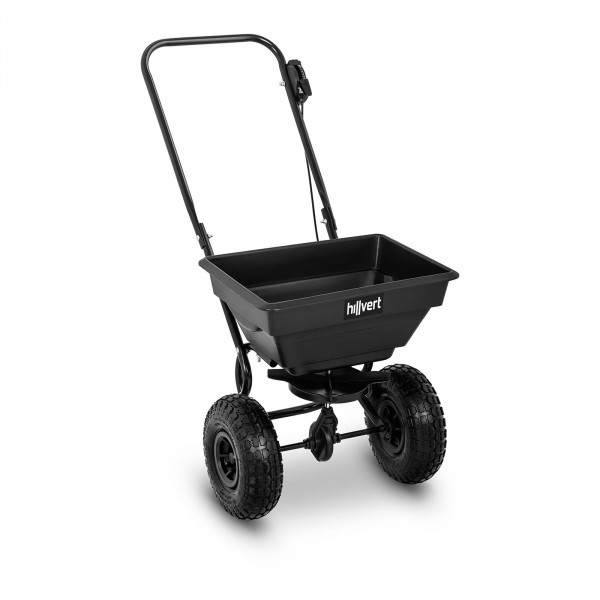

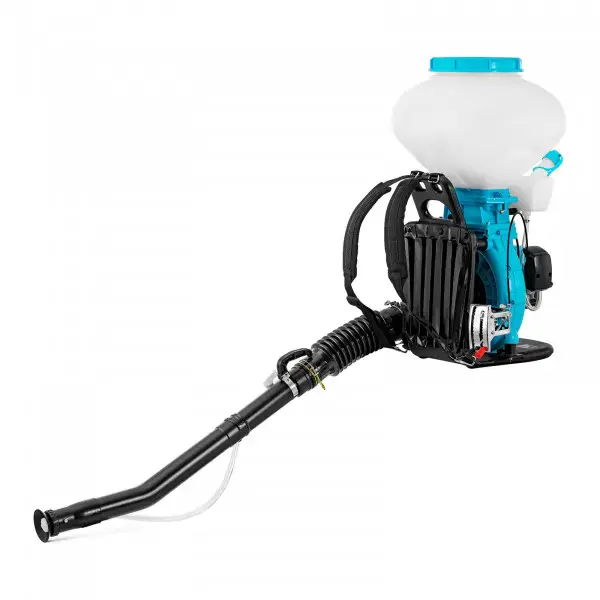
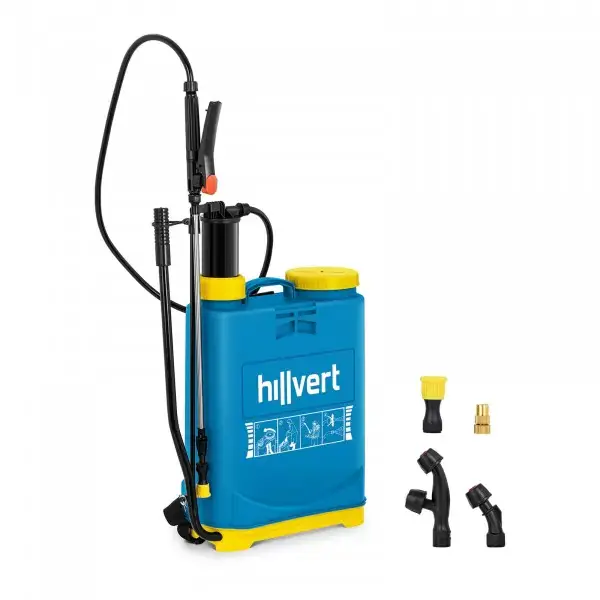
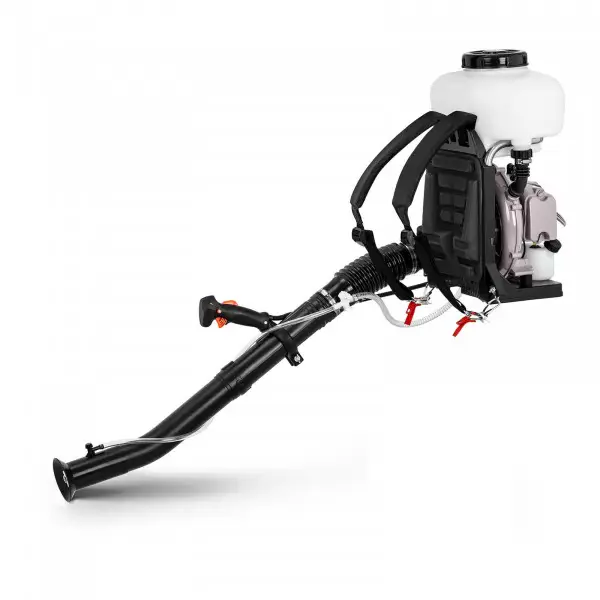

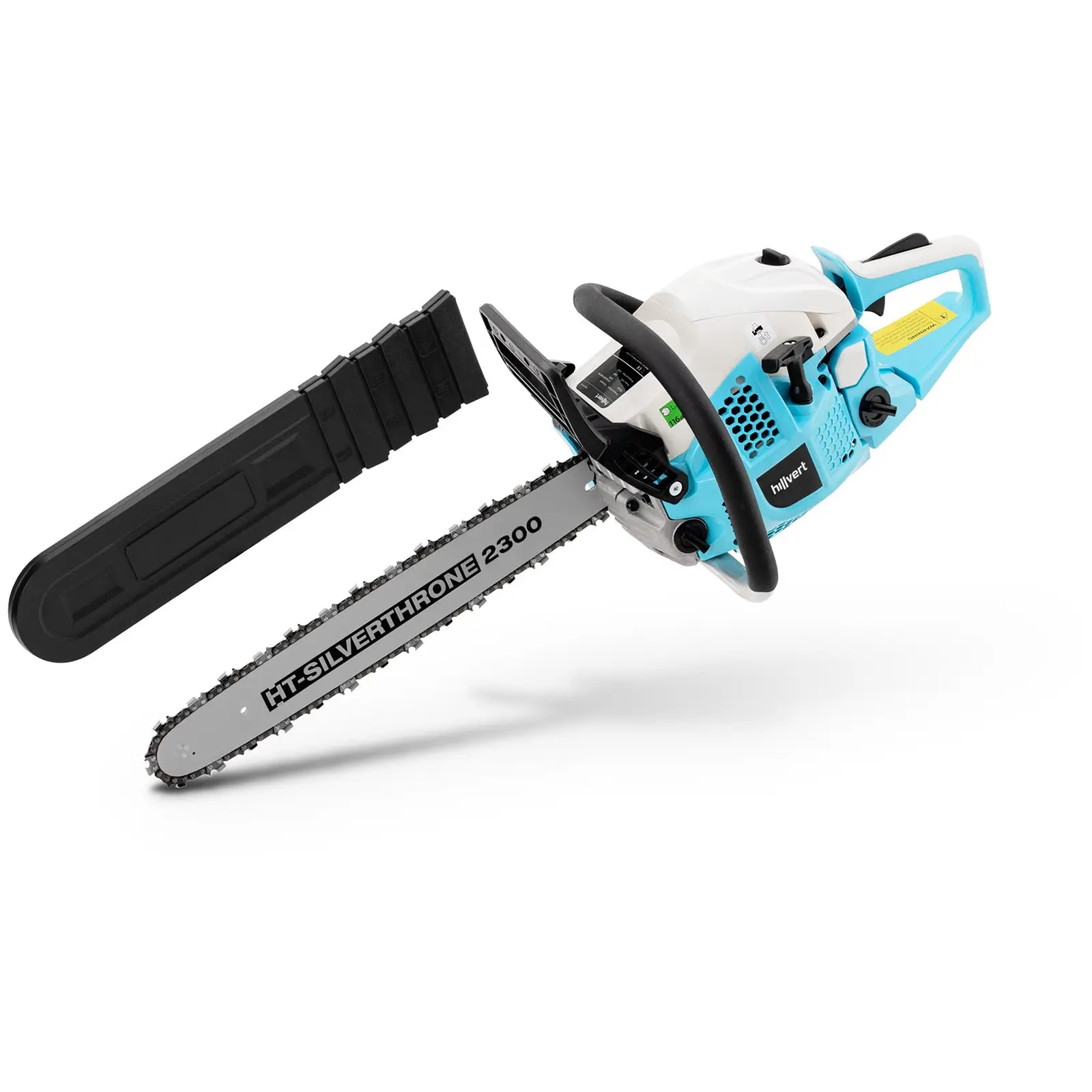
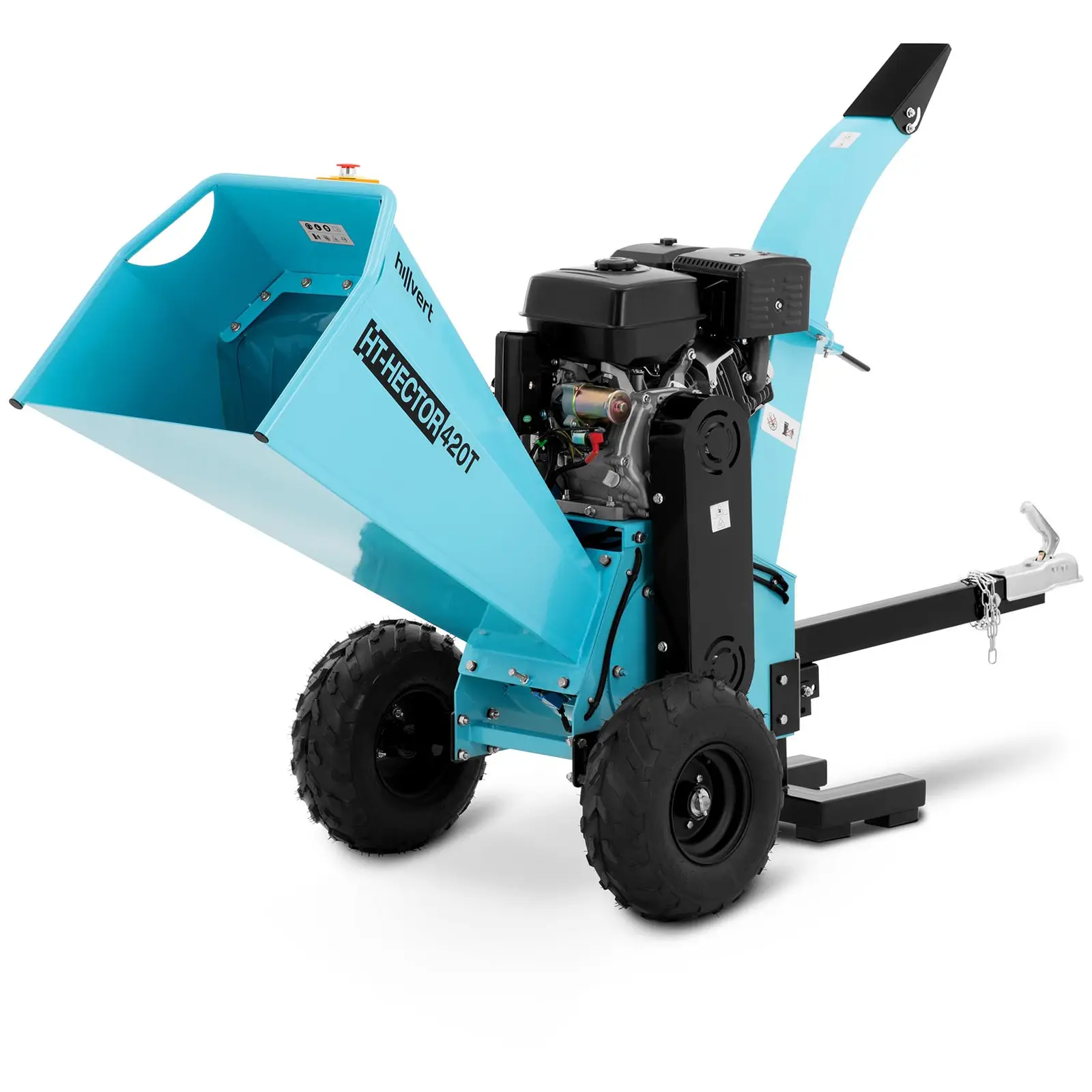
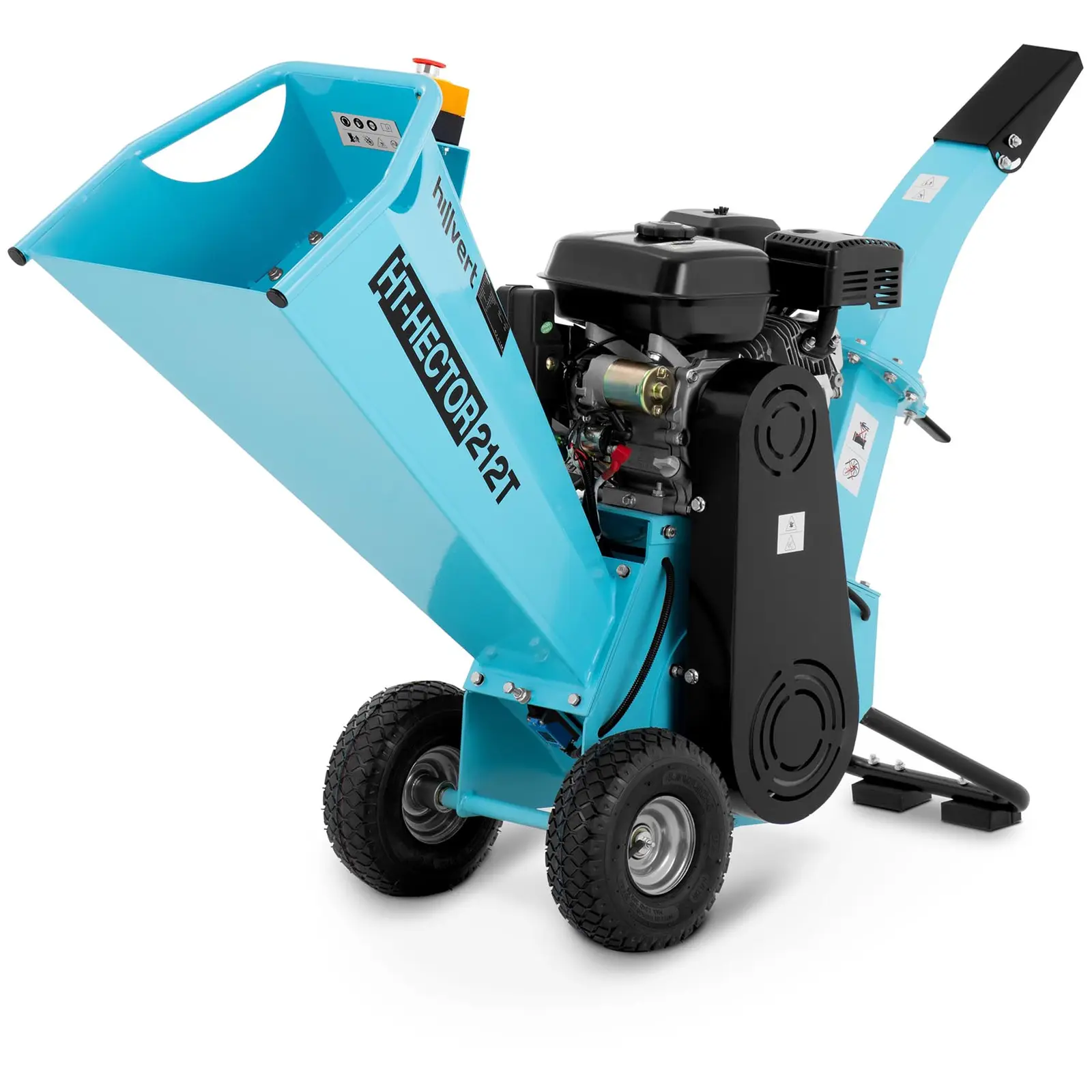
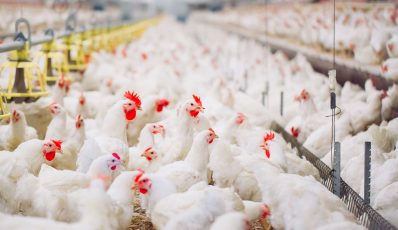

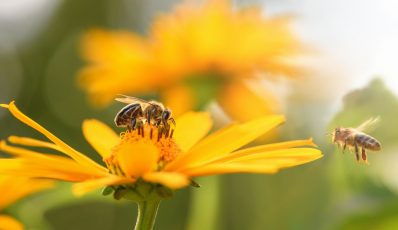
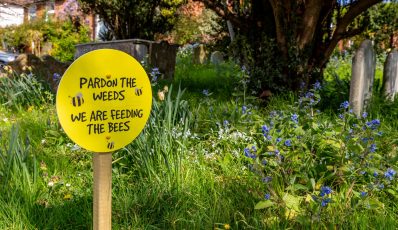

Share